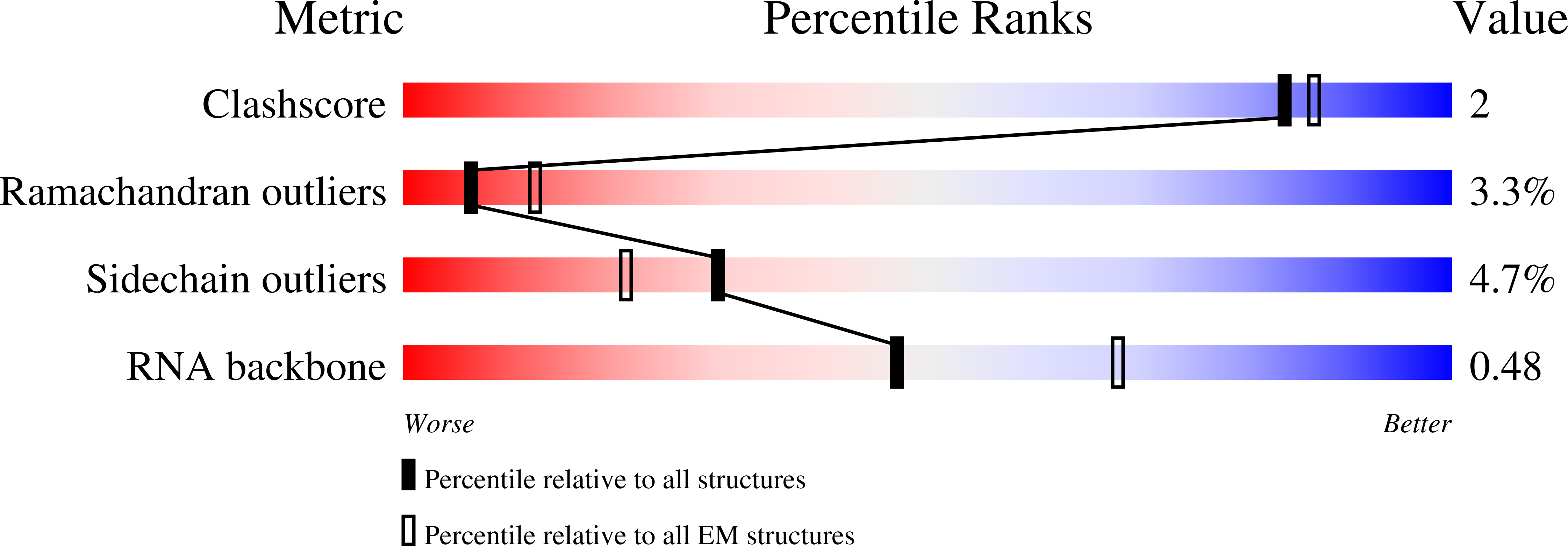
Deposition Date
2013-11-21
Release Date
2013-12-25
Last Version Date
2024-11-06
Entry Detail
PDB ID:
3J5Y
Keywords:
Title:
Structure of the mammalian ribosomal pre-termination complex associated with eRF1-eRF3-GDPNP
Biological Source:
Source Organism:
Homo sapiens (Taxon ID: 9606)
Oryctolagus cuniculus (Taxon ID: 9986)
Oryctolagus cuniculus (Taxon ID: 9986)
Host Organism:
Method Details:
Experimental Method:
Resolution:
9.70 Å
Aggregation State:
PARTICLE
Reconstruction Method:
SINGLE PARTICLE


